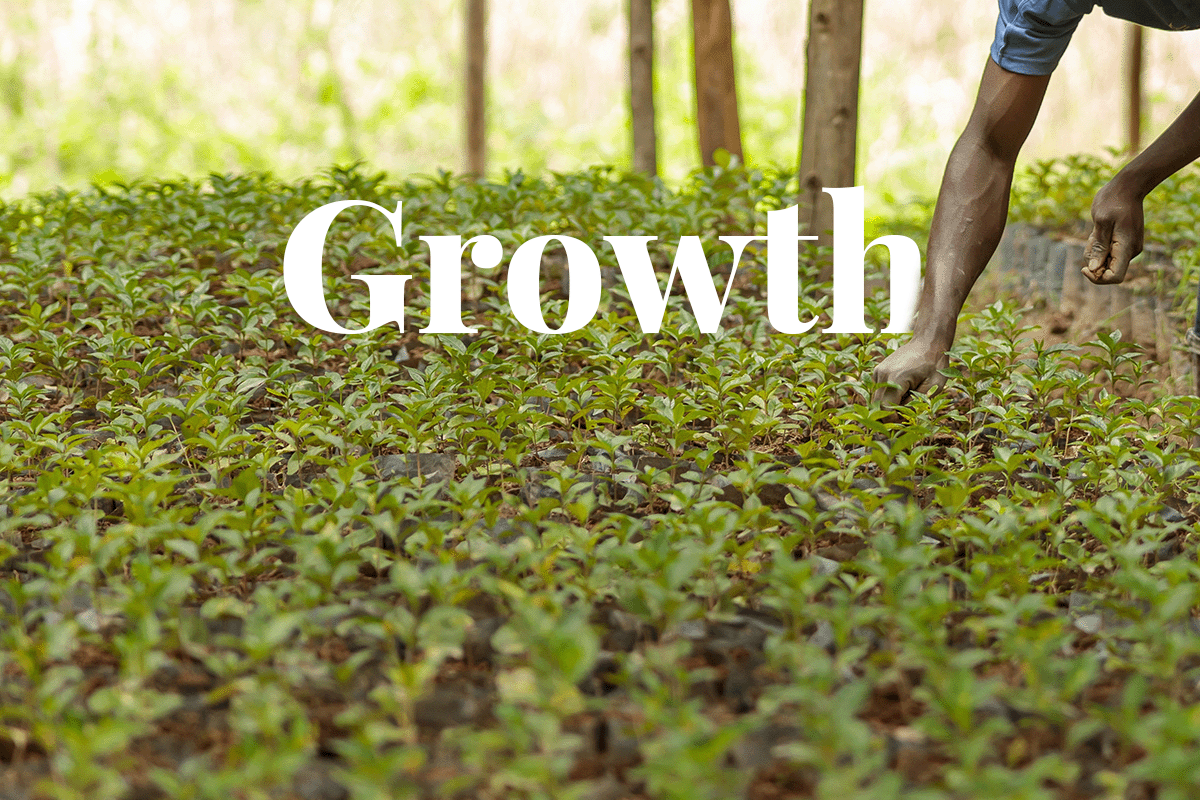
Voluntary carbon markets (VCMs) are increasingly in demand. VCMs allow businesses, non-profit organisations, governments, and investors to offset their emissions. In the past few years, there have been many opportunities to drive consensus around quality and increase climate ambition. And 2023 holds even greater opportunities for VCMs to prove their ability to deliver large-scale action for the environment.
What are the updates on the voluntary carbon markets?
VCMs expanded at a record rate in 2021, hitting $2 billion, four times its value in 2020. In 2022, the rate of carbon credit purchases increased. As a result, the market is anticipated to grow to between $10 billion and $40 billion by the end of 2030.
Companies that want to offset their carbon emissions can buy one of two types of credits on the voluntary market:
-
avoidance credits for outside projects that reduce emissions production, like constructing a wind farm; and
-
removal credits for projects that reduce already-existing emissions.
What are the five important insights for businesses in VCMs?
To better understand the impact of the current economic situation on companies’ carbon-offset purchase strategies, there are five important insights for businesses in VCMs:
-
Buyers who anticipate rising demand consider carbon-credit purchases non-discretionary. The majority of respondents' businesses believe that as more businesses set net-zero targets, the amount of carbon compensated through offsets will rise. There may thus soon be a shortage of some credit classes.
-
The decisions of consumers are increasingly influenced by outside entities. Businesses anticipate that companies, like DGB Group, will have a more significant impact on market trends. VCM growth will also be impacted by the emerging direction of these groups.
-
One of the most important requirements for buying credits is an established monitoring, reporting, and verification (MRV) framework. MRV is ranked as a significant factor in credit purchase decisions by over 90% of buyers. As attention on carbon offsets increase, customers want to ensure the credits they purchase have an impact that is clear to demonstrate and defendable against claims of greenwashing.
-
It is simpler to prove a project's impact using removal credits than avoidance credits, although it’s more expensive. In addition, as technology develops and becomes more accessible, technology-based removals are anticipated to increase their market share by 2030.
-
Businesses' understanding of the effects of Article 6 of the Paris Agreement, and its corresponding changes, needs to be improved. In terms of Article 6, nations may assist one another in achieving their Nationally determined contributions (NDCs) for lowering global emissions. For instance, one nation may sell carbon credits to another, but only one nation may use the credits to meet its NDCs. Corresponding adjustments are an accounting technique to avoid double counting between nations, but they could affect businesses looking to obtain credits abroad. Although they anticipate that infrastructure for necessary modifications will be put in place over the next five years, respondents are split on whether Article 6 will result in a worldwide compliance market.
Contact our experts today to reduce your carbon emissions
What are the actions needed in the voluntary carbon markets?
It is crucial to support the development of avoidance credits that reduce deforestation. Reforestation operations can offset emissions from buying land for planting trees and reforestation efforts. Ultimately, it will be required to combine verified avoidance and removal projects. And as the market continues to grow, quality should be emphasised.
There are other strategies to reduce carbon emissions, such as carbon credit futures. The buyer of carbon credit futures aims to reduce emissions through carbon offset projects, but does not participate in projects at the time of investment.
Even in uncertain times, the voluntary market for emissions credits is expanding quickly, indicating businesses' dedication to achieving net-zero emissions and the expanding significance of the carbon market. Offsets are the first step in the decarbonisation process. And we must ensure that the promises made by the credits are kept.
What is DGB Group's role towards 2023 carbon-emission goals?
To achieve their net-zero goals, businesses should contribute to initiatives to expand the number of reforestation projects. DGB is working on reforestation initiatives all over the world to implement reforestation at scale. You can contribute to DGB's mission to improve the condition of the environment and sequester large amounts of carbon by investing in our large-scale nature-restoration projects. You can also offset your carbon footprint with the help of our transparent tree-planting initiative.
Learn how to reduce your carbon emissions



